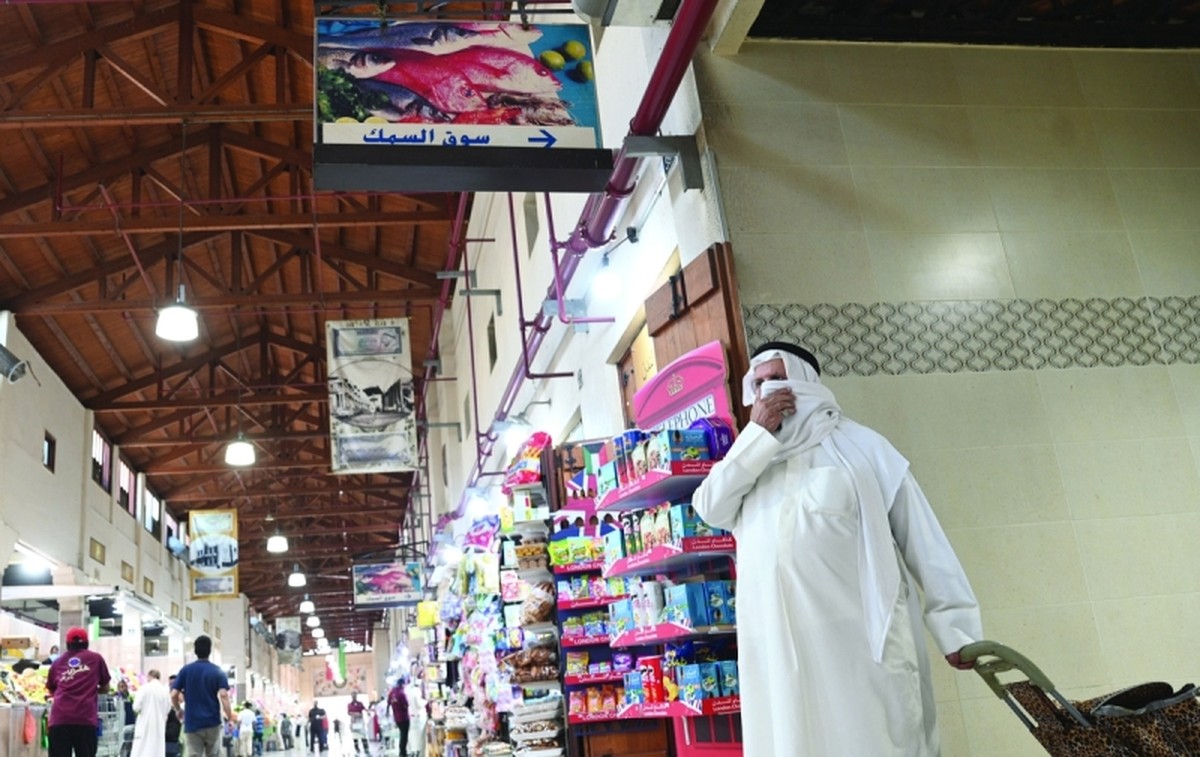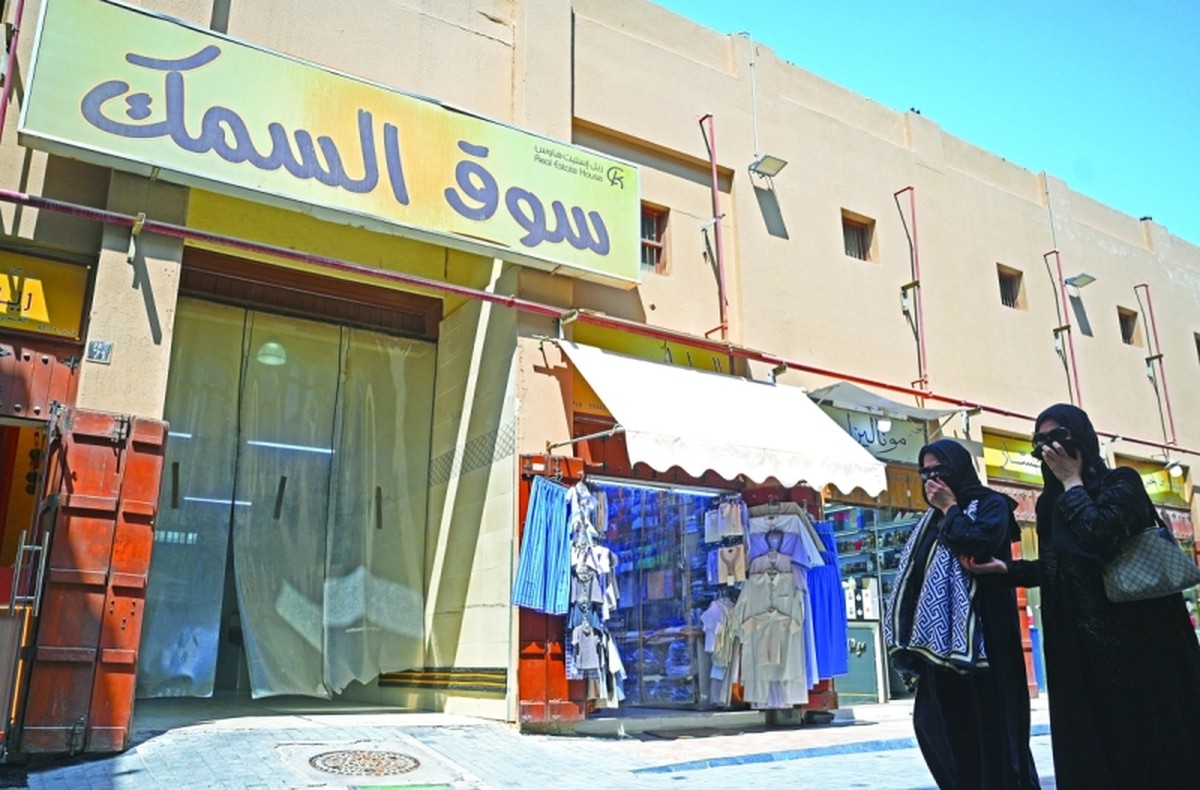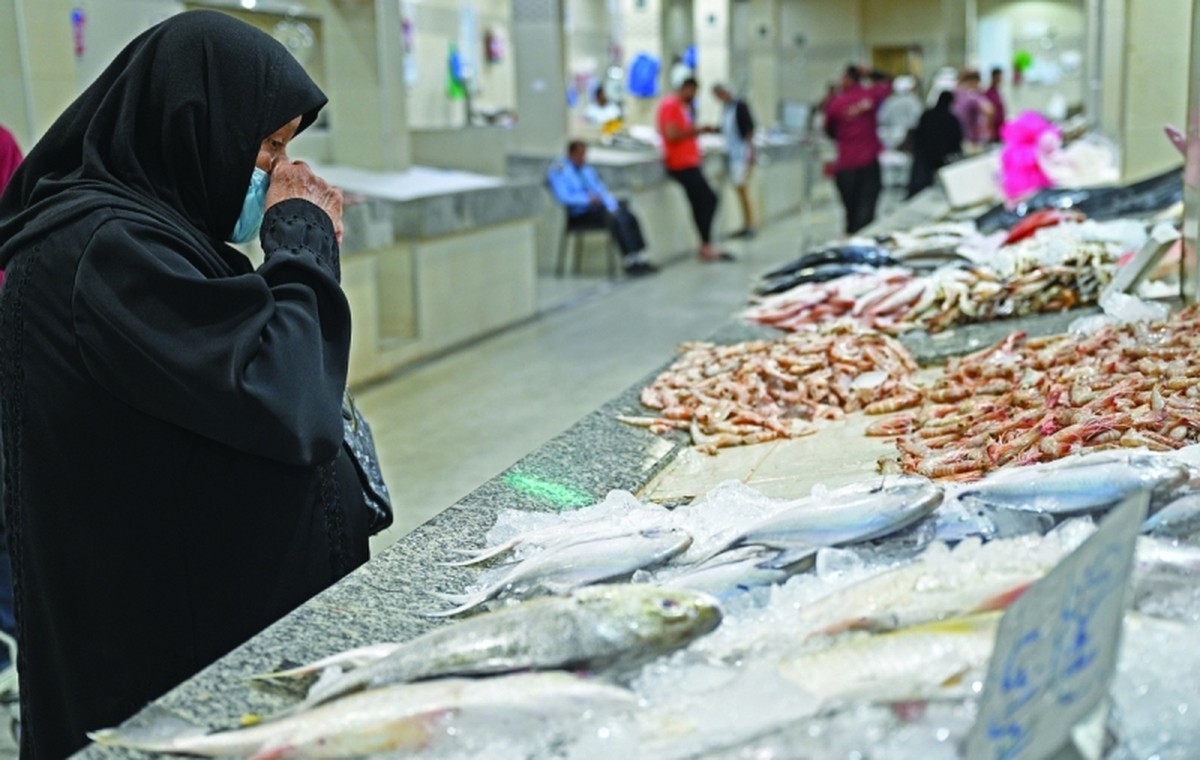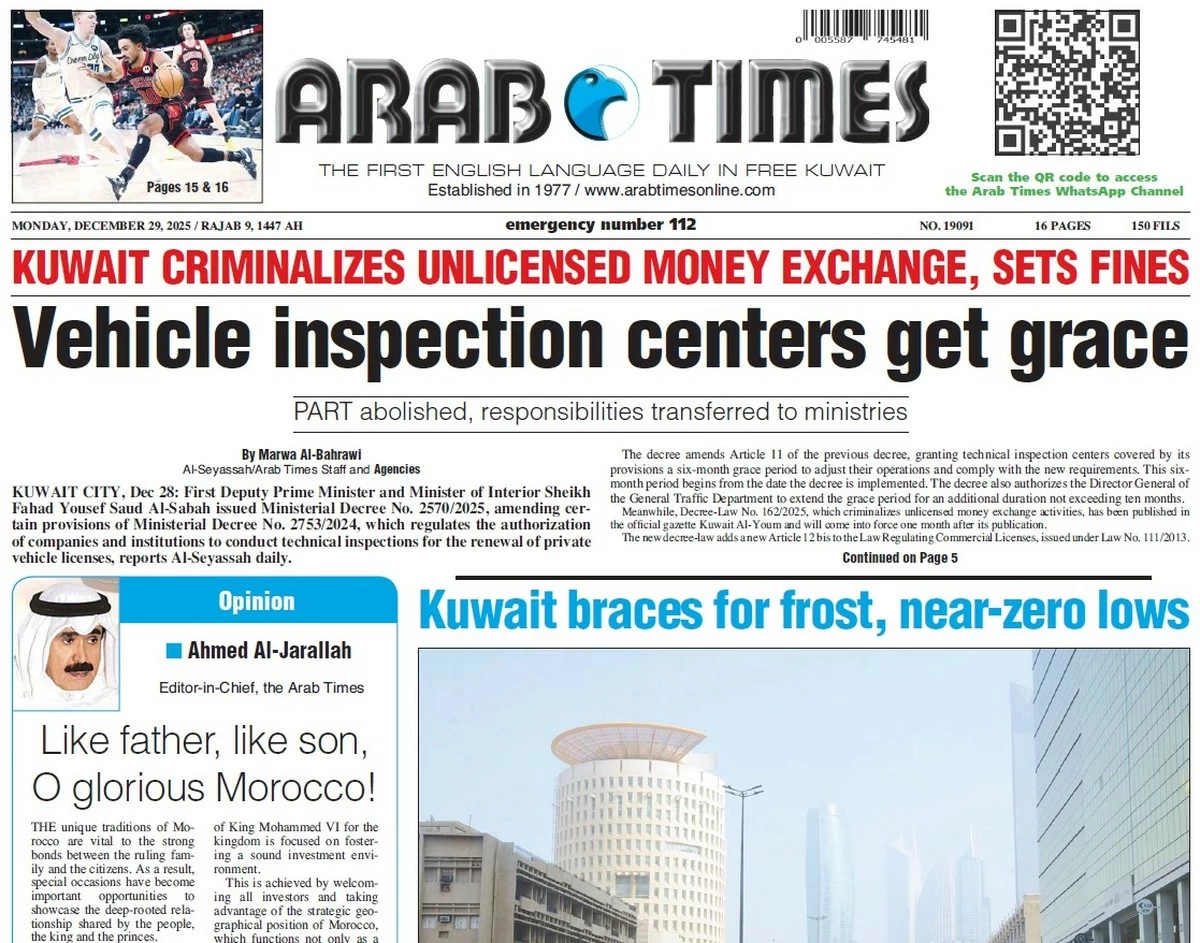11/09/2025
11/09/2025

KUWAIT CITY, Sep 11: Kuwait’s historic Mubarakiya Market has long been celebrated as a cultural landmark and one of the country’s most visited heritage destinations. But while large-scale renovation projects have been praised for breathing new life into the old souk, a lingering problem continues to divide opinion: the fish market.
Despite the area’s transformation into a hub of tourism and nostalgia, many visitors say the fish market has become an eyesore, citing foul odours, waterlogged walkways and unhygienic conditions. The debate has sparked renewed calls for its relocation to a more modern, purpose-built site.
For many, the issue is not just about convenience but about protecting the integrity of a historic site increasingly marketed as a national treasure. Hussein Mohammed Bouali, one of several citizens surveyed, described the current state of the market as “an old problem that keeps repeating itself”. He added: “The fish market needs special development and attention. What is required is to relocate it to a suitable place with modern services and facilities.”

Others point to the failure of basic infrastructure. Salem Al-Haddad, a frequent visitor, said the exhaust fans had broken down, leaving the cramped market overwhelmed by “unbearable odours”. Meanwhile, shopper Waleed Al-Kandari compared the market unfavourably with its Gulf neighbours: “I have visited fish markets across the region, and none are like this. There the air-conditioning works, the smell is contained, and the environment is pleasant. Here, you sweat and leave with your clothes reeking of fish.”

Some residents, like Umm Abdullah, also complain of high prices and shortages of staple species, such as maid and sabour. “Most stalls are empty,” she said, adding that the market’s decline made relocation not just desirable but “an urgent necessity”.
Tourists have been equally unimpressed. Standing on Al-Gharaballi Street, near the market entrance, visitor Amani Al-Ustad expressed disbelief: “Is it conceivable that such a foul odour would fill a tourist destination, while perfume shops line the surrounding alleys?” She also criticised the presence of the meat market next door, where some butchers openly chop carcasses in front of children.
Even vendors themselves, many of whom face spiralling rents of up to 400 dinars a stall, say the current situation is unsustainable. They point out that only 13 of 81 stalls remain active, with many traders leaving after the wholesale market was relocated. “The market is dying,” one vendor said bluntly. “We need a new site that respects us and our customers.”
The issue was further highlighted during a recent inspection campaign by the Ministry of Social Affairs and Labour, which targeted unused market offices as part of a crackdown on residency fraud. Officials found numerous shuttered units being rented at inflated prices — another sign of the market’s decline.
Beyond the fish stalls, frustration has also grown over sewage leaks in the basement car parks, where drivers complain of water dripping directly onto their vehicles. Residents warn the leaks, which have gone unresolved for months, risk damaging property and creating health hazards.
While authorities have promised ongoing efforts to revive Mubarakiya, the calls to relocate the fish market remain persistent. For many Kuwaitis, the issue is symbolic: a test of whether the souk can reclaim its status as a jewel of national heritage — or remain a place where tradition and neglect uneasily coexist.


